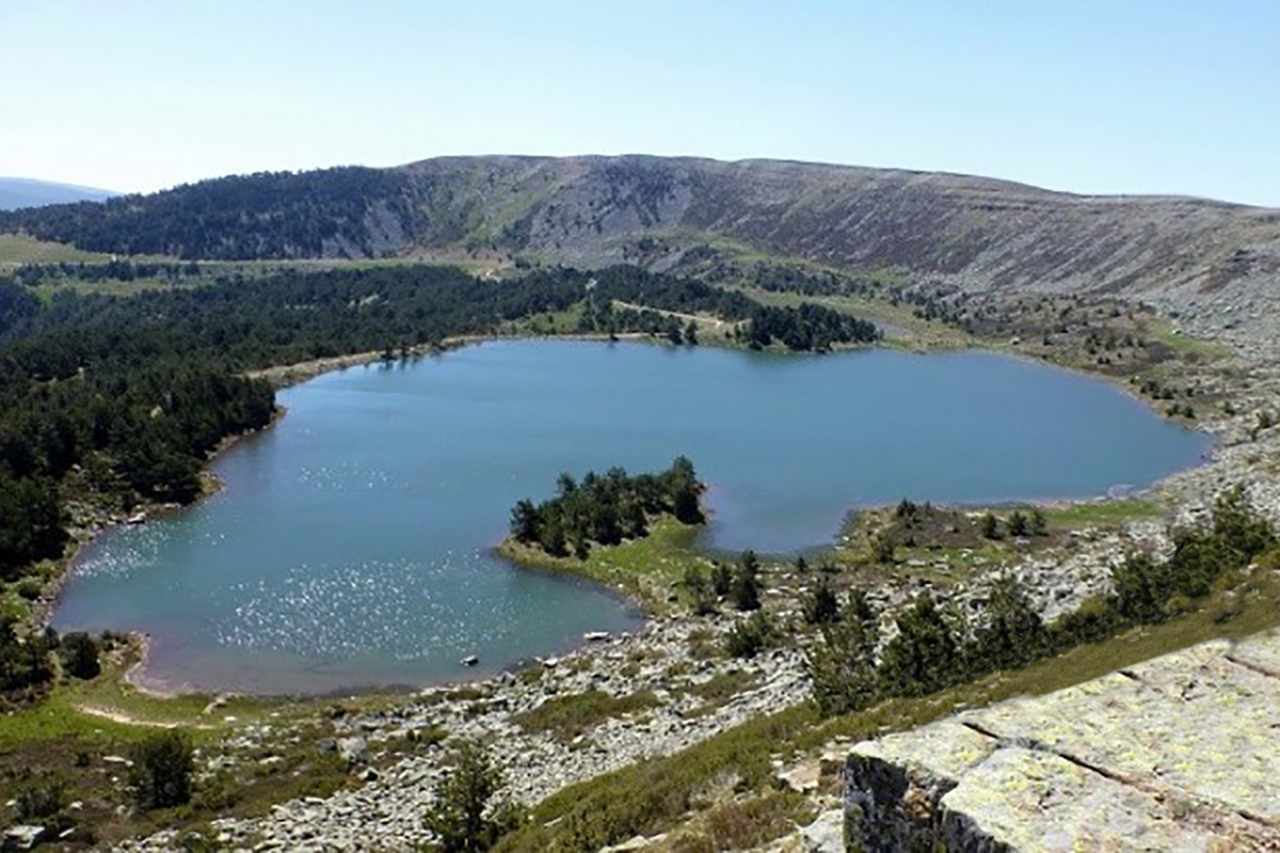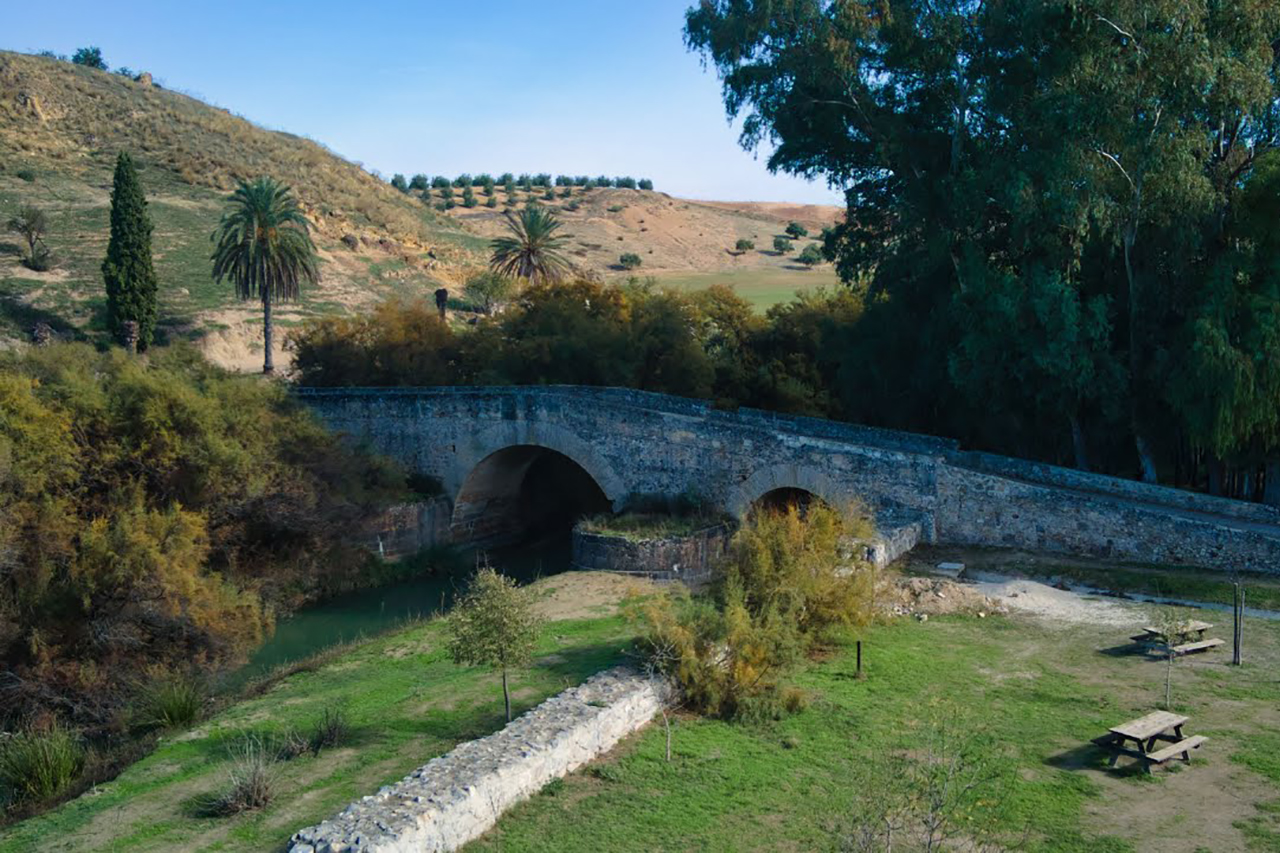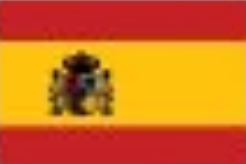From the humid to the bowels of the earth
A GREAT NATURAL WEALTH IN THE TERM OF BAENA
The natural landscape of the municipality has elements of great ecological value, among which the Guadajoz river stands out, ancient Salsum of the Romans, which crosses the countryside and maintains a set of small endorheic lagoons in its basin.
The Cueva del Yeso is the most emblematic landmark of Baen’s natural heritage
On the outskirts of the town, such as the Peñón de San Marcos, of Triassic origin, or in the confines of the Campiña, the elements that make up the natural heritage of Baena are present in practically all of its term. In this way, the proximity to the Sierras Subbéticas makes them visible from the town’s own urban nucleus and is even more accentuated in the Serrezuela area, with an altitude of 799 m. The Marbella river is in the same situation, today its flow is much reduced, which runs along the northern slope of the hill itself where the old Baena sits and also leaves nearby places of great beauty such as the hermitage of the Angels . It converges with the Guadajoz at the foot of the Ízcar archaeological site, joining the flow of the latter river that crosses a large area of the countryside where there are also a series of small wetlands that share their own endorheic origin. The Quinta lagoon, the Rincón del Muerto lagoon, those of Casasola, Cortijo Viejo and Cambroncillo or the one near the old Butaguillos hermitage, appear scattered and reduced in size, although they have environmental values of great importance.
The Cueva del Yeso deserves special mention, the only cavity of hydric origin existing in the Guadalquivir Valley, inside which some species of shrimp have been discovered that are only found in this habitat.






